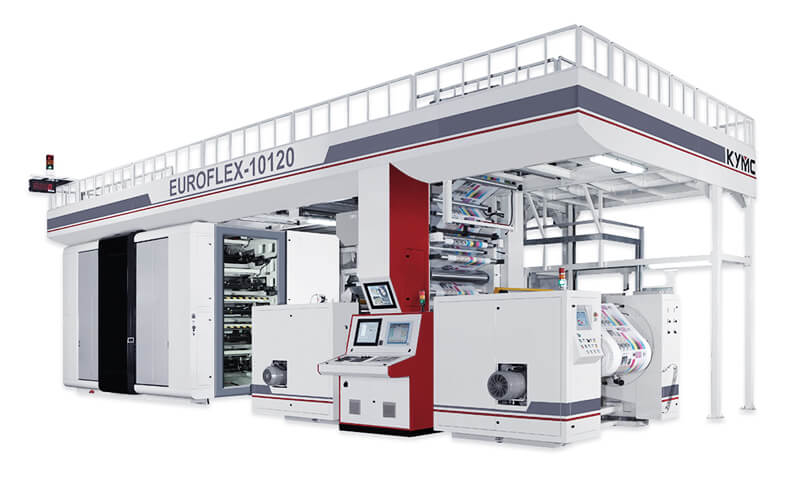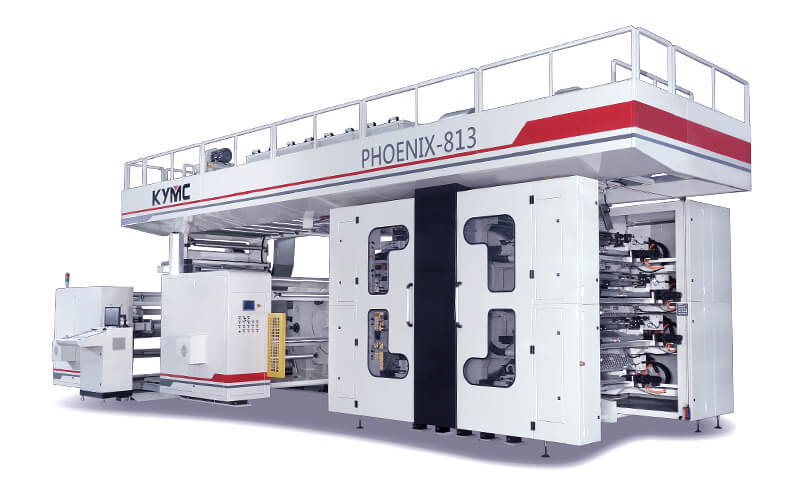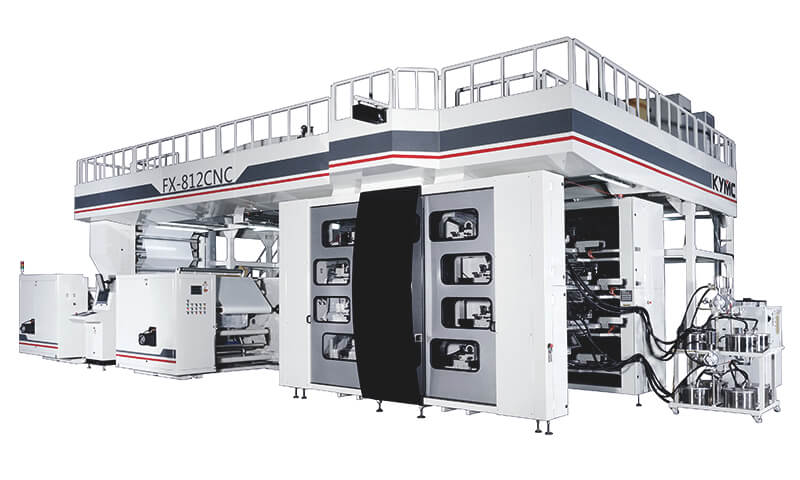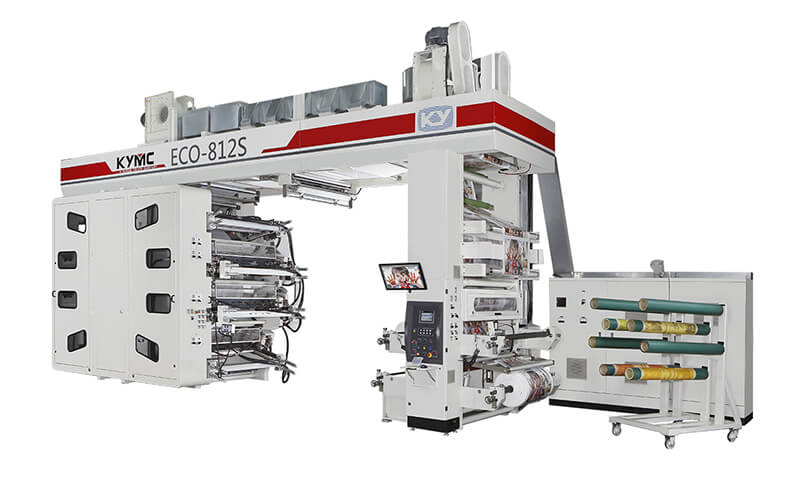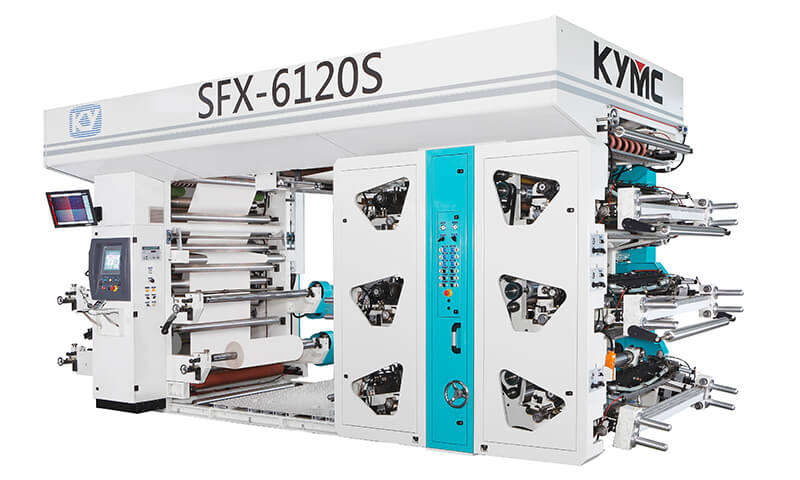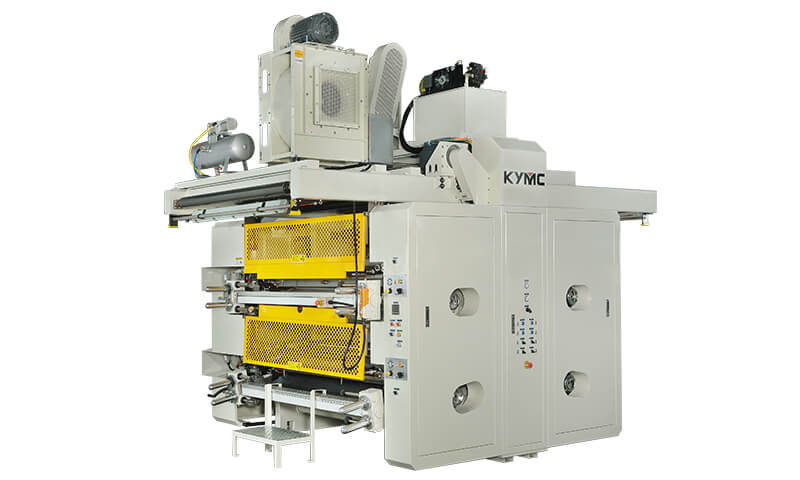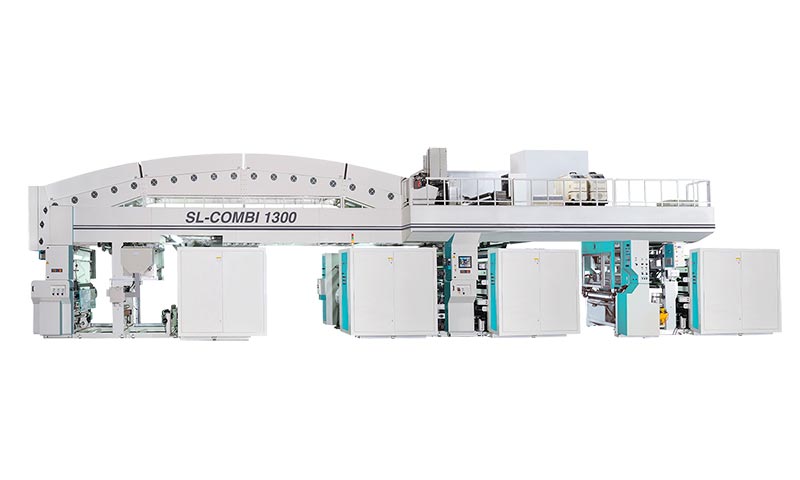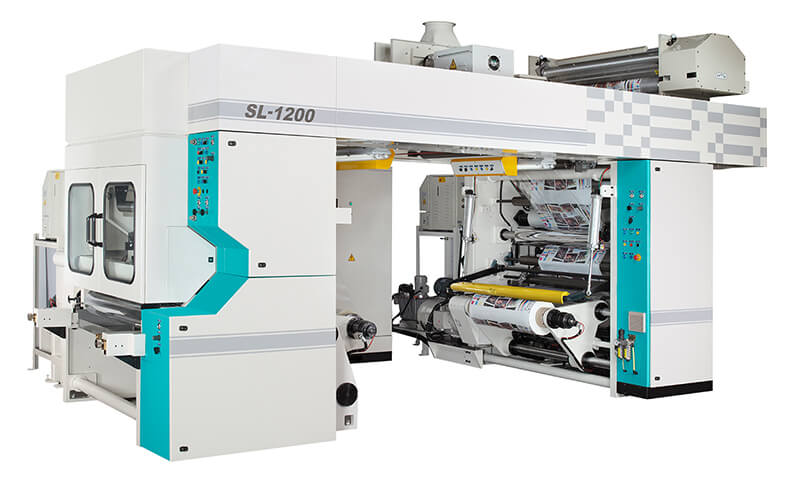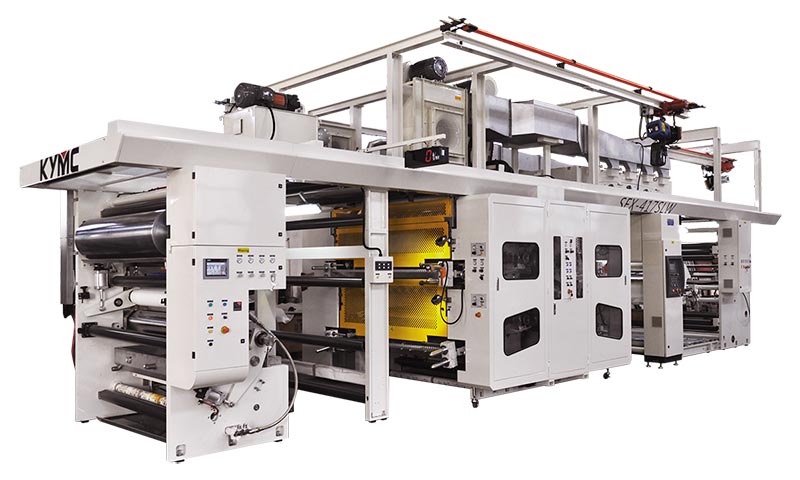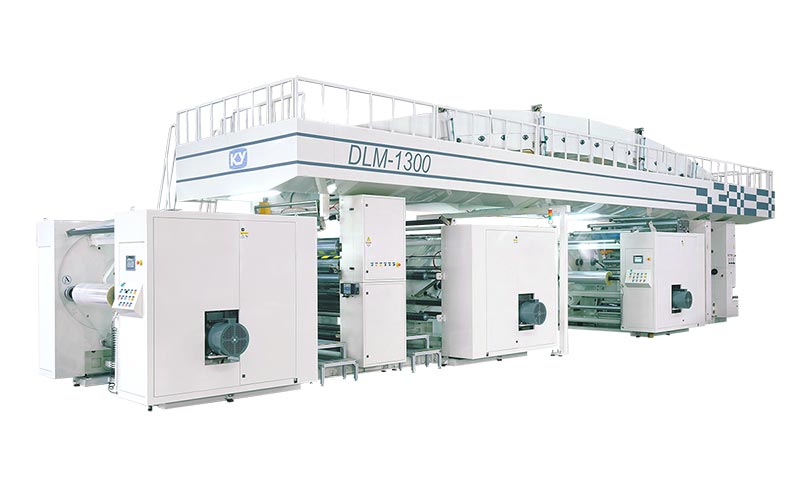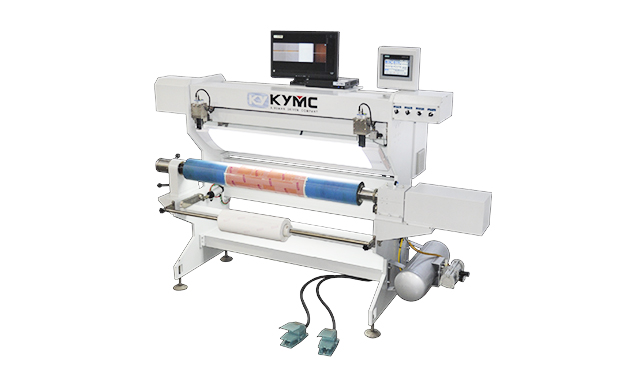Rotogravure Vs. Flexographic – Cost Analysis

As the flexible packaging industry evolves and as environmental awareness surges, the printing methodologies change. In the flexible packaging industry, the flexographic process is widely adopted in the west and are starting to spread in the east. Below we compare the cost of the two processes from a few perspectives: printing operation, equipment investment, printing plate storage investment and printing plate cost, lifespan and lead time.
Printing Operation
Efficiency
According to CI-Flexo-Tech, on average the higher end flexographic press can run at 350~500m/min. A rotogravure press runs a lot slower than flexographic presses, especially when running on flexible films that stretch and are harder to control. Rotogravure press runs on average at 120~200m/min.
Registration Accuracy
The substrates on the rotogravure press go through on average 4~6 meters of distance between color stations; on a flexographic press, goes through 4-6cm. As result, the horizontal registration is often much less accurate on the rotogravure press, as the width of the substrate gets wider the accuracy declines. Take LDPE film as an example the yield rate on a flexographic process on average is 5% ~10% higher than on a rotogravure process. The high-end flexographic press’s registration performs to 0.05~0.08mm accuracy and 0.3mm~0.5mm on rotogravure.
Energy Consumption
(data sample was drawn from a 1250mm wide -10 colors flexographic press V.S 10 color rotogravure press)
|
|
Units |
Rotogravure |
Flexographic |
|
Steam |
Consumption (ton/10K.m^2) |
0.3 |
0.2 |
|
Unit Price (CNY/ton) |
230 |
230 |
|
|
Cost (CNY/10.M^2) |
69 |
46 |
|
|
Electric |
Consumption (ton/10K.m^2) |
160 |
140 |
|
Unit Price (CNY/ton) |
0.8 |
0.8 |
|
|
Cost (CNY/10.M^2) |
128 |
112 |
*source: CI-Flexo-Tech
Ink and Solvent Consumption
(data sample was drawn from a 1250mm wide -10 colors flexographic press V.S 10 color rotogravure press)
|
|
Units |
Rotogravure |
Flexographic |
|
Ink |
Consumption (Kg/10K.m^2) |
39.07 |
21.27 |
|
Unit Price (CNY/Kg) |
32.88 |
50.76 |
|
|
Cost (CNY/10.M^2) |
1284.52 |
1079.45 |
|
|
Solvent |
Consumption (Kg/10K.m^2) |
111.60 |
63.94 |
|
Unit Price (CNY/Kg) |
8.13 |
9.22 |
|
|
Cost (CNY/10.M^2) |
907.34 |
589.51 |
*source: CI-Flexo-Tech
Job Changing Efficiencies
An 8 color rotogravure press on average takes about 1.5 ~ 2 hours to change jobs, wasting about 200~300m of substrate in the process. Changing an 8 color servo driven CI flexographic press on average takes 0.75 ~ 1.5 hours, waste could be as minimal as 80~100m of substrate.
Environmental Friendliness
As environmental concerns leverage, the regulations against VOCs emission are becoming more stringent. Many printing and packaging companies are implementing the VOCs converters to reduce the amount of VOCs emission. However, these converters are large in size and are costly to operate. Flexographic could use water-based inks that are minimal in solvents and as the technology advances, these water-based inks are known to run at 500m/min or even faster. Water-based inks on rotogravure process are much further behind in terms of the product development process.
Equipment Investment
According to CI-Flexo-Tech, a high end 8 color flexographic press cost on average EUR 1.5M to EUR 2M. The average 8 color rotogravure press on average ranges from EUR 1.2M to EUR 1.9M. Therefore, in terms of the equipment cost, the two different types of process are similar.
Printing Plate Storage Investment
The flexographic printing plate is mainly built using photopolymer or elastomer materials. The materials are light, flexible and easy for storage. The plates could be piled on top of each another with foams in between for separation. According to CI-Flexo-Tech, on average every square meter of space could store about 10~20 sets of plates. In production, each machine usually is equipped with 300~500 sets of plates, therefore we need around 50 square meters of space. Addition to plates, the storage area for anilox and sleeves may take about 200 square meters of space. The rotogravure printing cylinders are made of steel or copper, that weights around 10kg per cylinder. An eight-color set would then weight at least 80kg. On average each rotogravure process would need around 100~500 square meter of storage space when accounting for the space that is needed to fit a folk lift required during cylinders movement. The cost of storage investment would be higher for the rotogravure process than the flexographic process.
Printing Plate Cost, Lifespan and Lead Time
According to CI-Flexo-Tech, the average flexographic plate cost about USD0.03 ~ USD0.045 per square centimeter. The average rotogravure cylinder making cost USD0.022 ~ USD0.03 per square centimeter. In term of lifespan, the flexographic plate could make it between 50M to 100M rotations and a rotogravure cylinder could last more than 100M rotations. Furthermore, when a cylinder is damaged, repairment could be made instead of purchasing a new one. However, during plate making the flexographic plate could be built by the regions, the areas that do not contain the design could be skipped for cost saving purpose. For rotogravure cylinders, as the cylinder has to be built as a whole, no areas could be skipped to save cost. On average, the lead time to produce plates takes about 1 to 2 days and 3 to 7 days for the cylinders. Overall, the cost of plate making is higher than cylinders.
In summary, there are pros and cons to the two different printing processes. Rotogravure tends to be more efficient in shorter runs as the cost or cylinder making is lower. The flexographic process tends to be more efficient in longer runs as the speed of production is faster, cost less in inks, solvent, and energy consumption.
Source : CI-Flexo-Tech
Relevant Reading
What is a flexo printing press?

Article by Daywey Chen, KYMC

